Borana Conservancy is on the foothills of Mount Kenya and home to a ‘Key One’ population of rhino. © Shuan Mousley
Interview with Michael Dyer of Borana Conservancy
Borana Conservancy in Northern Kenya has become a world leader in successful, sustainable conservation practices where communities and landowners work together to protect and benefit from ecosystems and wildlife. The Lewa-Borana landscape is the largest contiguous rhino conservancy in East Africa, and has reported zero poaching incidents over the last six years. With strong partnerships and a highly engaged community, Borana’s success comes from protecting habitat by supporting people.
We caught up with Borana Owner Michael Dyer, a third-generation Kenyan, who has set up several community-owned conservancies in Northern Kenya.
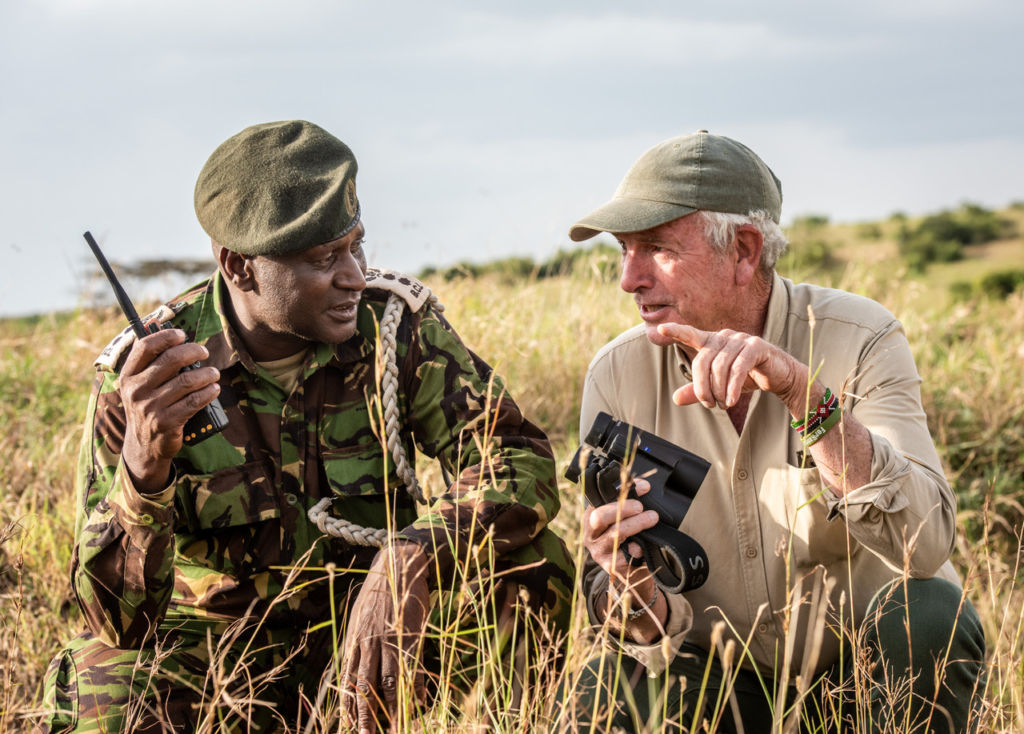
Michael with Borana’s Head of Security Kiupe © James Lewin
Please give us a brief history of Borana?
Michael: My maternal grandfather came out to Kenya just before World War 1 and bought up some land to start farming. When I started here in 1984, the place was a commercially operated sheep and cattle farm and was in bad shape. We had a terrible drought and lost over 700 cattle, and I soon realised that there had to be a better way of doing things. Fast-forward to the late ’80s, and we managed to convince our old-fashioned board of directors to start focussing on conservation. In 1990 we built one of the original eco-lodges in Kenya and began evolving our conservation product.
Your rhino population has thrived on Borana. How was the initial population established and how has it since expanded?
Michael: A small founding population of 11 black rhino was introduced in 1985 onto what is now The Lewa Wildlife Conservancy. This population grew and in 2013 Borana provided an additional 50% more habitat and introduced our own founding population of 21 Black rhino. Today, the Lewa Borana landscape hosts a thriving population of over 200 rhino (both black and white) and is one of the largest contiguous rhino habitats in East Africa.
How has collaboration contributed to the expansion of habitat across the broader landscape for Borana and its partners?
Michael: We were early innovators in developing what has become a massive conservancy movement across Northern Kenya. From this grew out the Northern Rangelands Trust program of conservancies, which includes 39 conservancies over 42,000 square kilometres of land. We were able to get our neighbours Ingwezi their first title deed just under 30 years ago and we raised money to build a little eco-lodge for them. We assisted in mitigating human-wildlife conflict on their southern boundary of state-owned land called the Ngare Ndare Forest, and brought the forest into our conservation system still retaining solid ties with the community under a structure we call a CBO (a Community-Based Organisation). A trust manages the forest, and we are trustees along with Lewa, which has allowed us to expand available habitat for rhinos. We are currently in the final stages of a rhino management plan, and we are putting together the necessary infrastructure to bring some of our other neighbours including ll’Ngwesi Conservancy into our system.
“The wilderness is expanding, and more habitat is becoming available for rhino, which is our goal.” – Michael Dyer
Please explain how exclusion zones help to establish a better environment for black rhinos?
Michael: The biggest threat to conservation is shrinking available habitat, which is a global issue. One way to reverse this is to create smaller enjoined exclusions zones protected for some time and then opened up – this creates a safer broader landscape for elephants and rhinos. Our elephant population has grown by 20% in 7 years, so we’ve seen an extraordinary growth rate but a decline in other species that have been vegetation dependent. It’s nice to be in a place where we are running out habitat because rhino numbers are increasing so rapidly, but there are other challenges with the explosion growth rate in other species.
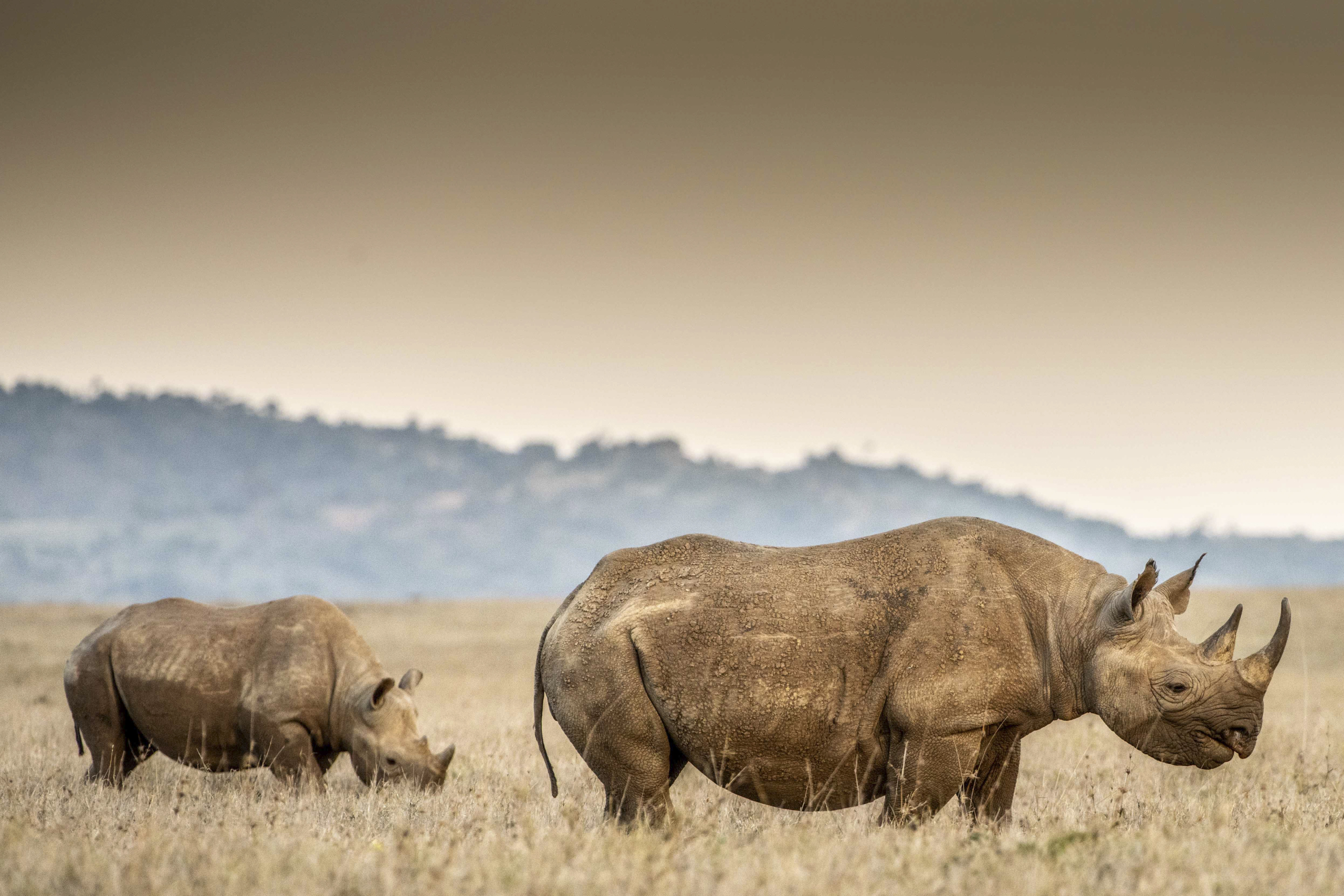
Borana has reported zero poaching incidents in six years. © James Lewin
Community engagement appears to be critical to your success in conserving endangered species. Please explain?
Michael: Rhino are highly sought after by poachers. The price of rhino horn is still very high and there remains a market for it so the community has become our first line of defense. To successfully protect an endangered species, you need the community to be engaged and benefitting in everything that is going on.
On Borana, we have robust local employment policies and we collaborate with the community on rangeland management and micro-enterprise. We also run healthcare and education initiatives so that collectively, landowners and communities have joint custody of the land. The aim is to make landownership less important and land use more important.
Please tell us more about your community Livestock to Market Program?
Michael: Our community of neighbours are livestock people – it’s part of their culture and ours. People have tried to move cattle out of the system here but because we don’t have the bulk ungulates like large wildebeest or buffalo herds, you end up overrun with grass which creates problems on the rangelands if you don’t graze. We don’t use fire like in Southern Africa because the bush doesn’t respond well, so the challenge has been how do you integrate this pastoralist livestock program and make it run better? The biggest challenge for the community herders is that they can’t present a uniform group of cattle to a buyer, and are frequently exploited on price. I started a program several years ago where we set up a committee of pastoralists from the different areas around the conservancy. They bring in cattle of around 250kgs in body weight, and we take care of the management of those steers while the owner retains ownership. We fatten them up and prepare them for the market, and when we sell them we take 20% of the uplift as our grazing management fee. It’s not a profit centre for Borana but the benefit is in the relationships we build with the community. To date, we have channeled just under $700K back into the pastoralist/ livestock community, a significant contribution, and another vehicle with which to communicate.
You mentioned the importance of healthcare and education. Please tell us about the work you do in this space?
Michael: Our healthcare program has been running since 2005, working closely with the Ministry of Health. The team of four visits ten communities on a two-week rotation, treating over 700 patients per month and traveling over 1500kms. The mobile clinic visits communities that do not have adequate access to healthcare and have to travel incredibly long distances to access any form of simple medical care. Our communities widely support this mobile clinic. It has provided primary health care, health lectures, HIV Aids awareness, antenatal advice, child immunisation programs, and family planning to Borana’s neighboring communities for the past 15 years. Similarly, the Borana Education Support Programme (BESP) focuses on Borana’s nearby communities, with investments in facilities, teaching tools, and the schools’ conservation efforts. To date, over 400 individual bursaries have been awarded, and the salaries of over 115 teachers paid. These two programs demonstrate that tourism can be a force for good and can and should go hand in hand with productive ecosystems, and prosperous communities.
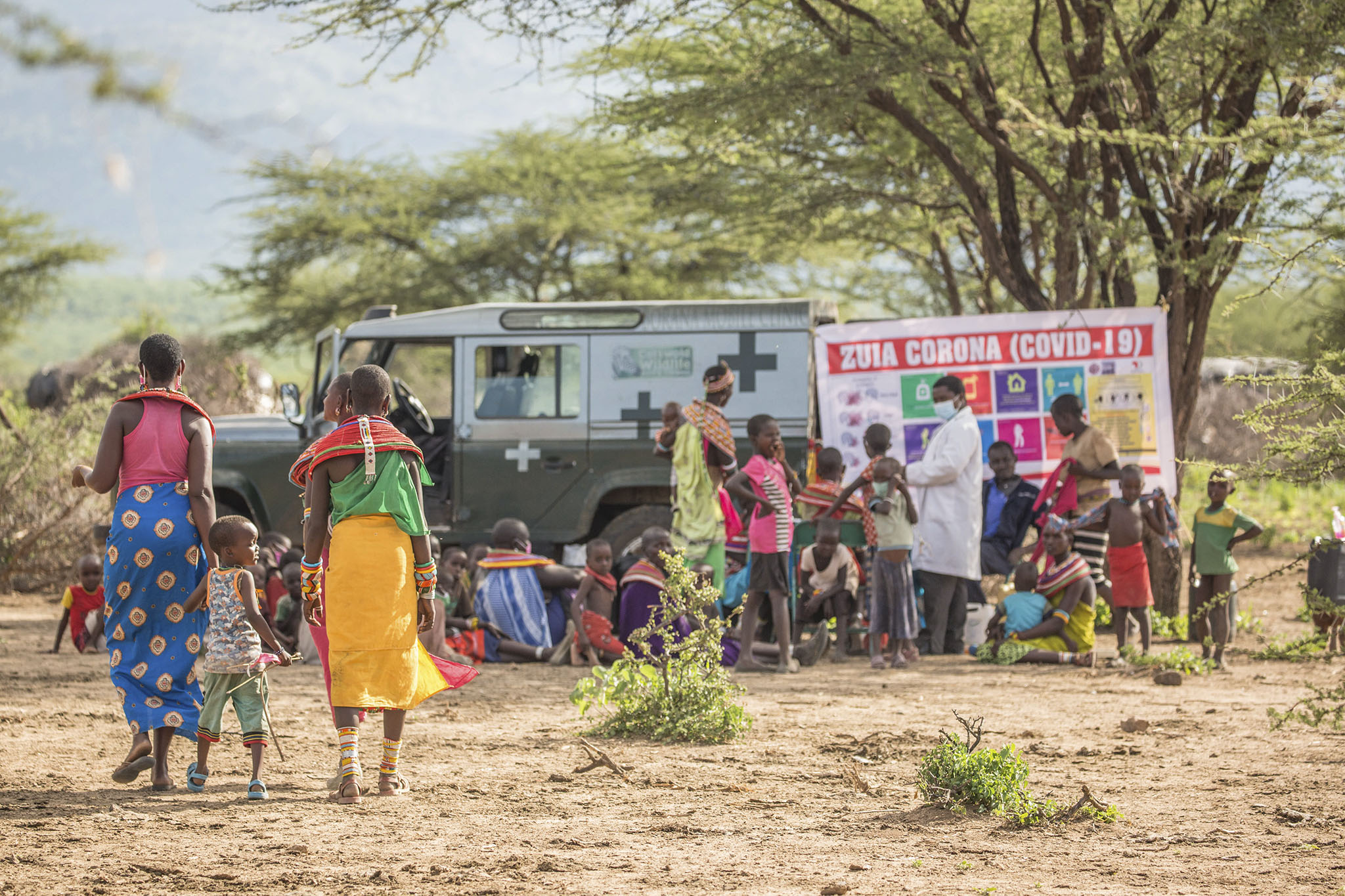
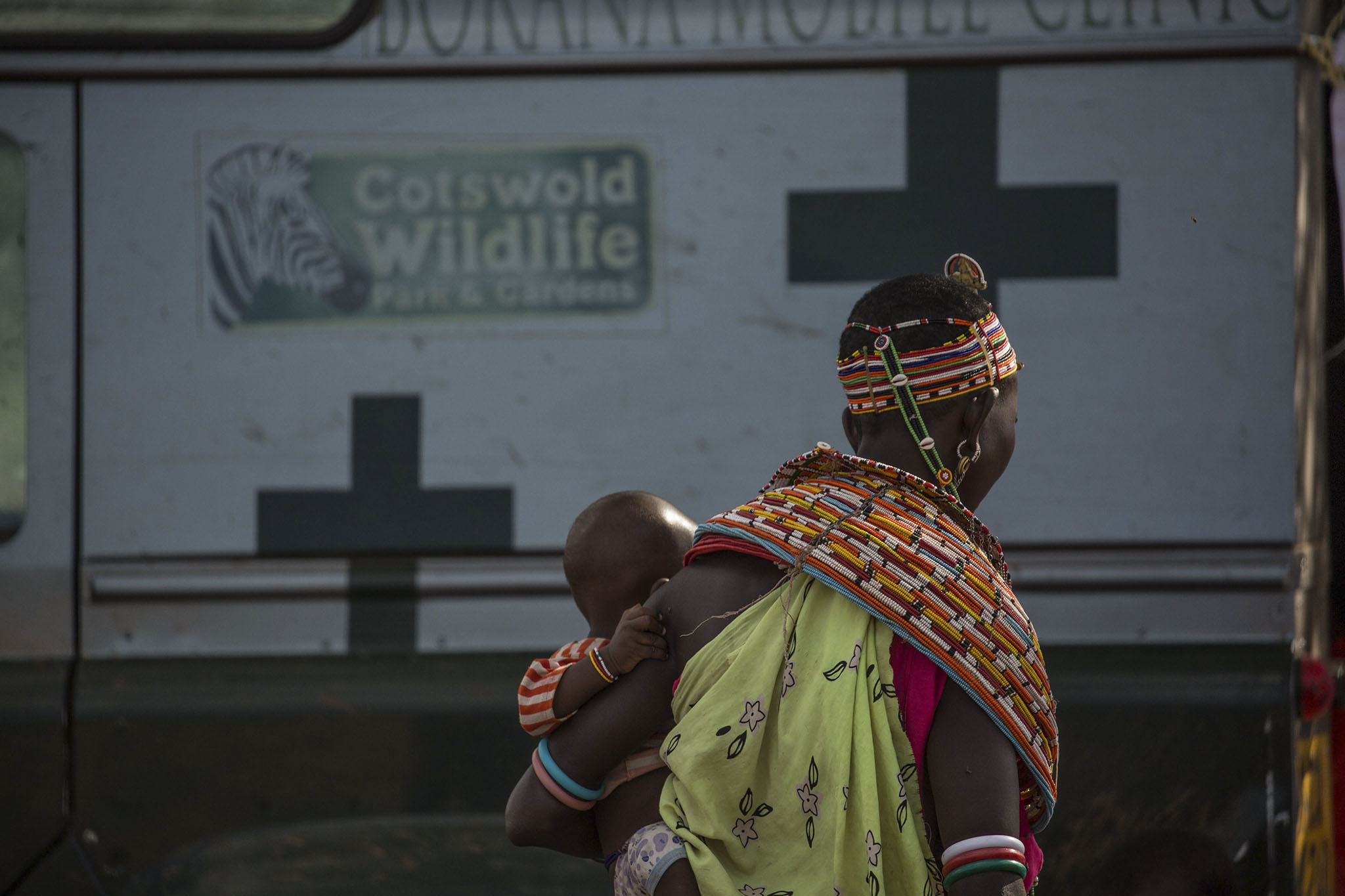
Borana’s Mobile Healthcare Clinic has been running since 2005 and treats 700 patients per month. © Shaun Mousley
Borana is a member of the Long Run initiative which aims at protecting over 20 million acres of wilderness. How has becoming a member led to a more sustainable future on Borana?
Michael: In 2015 Borana became a member of The Long Run. The Long Run is one of the world’s most significant sustainable development initiatives led by nature-based businesses. The vision is that of a world in which business, nature, and people work harmoniously for a sustainable future. When we were introduced to The Long Run in 2015, we quickly recognised that we were dealing with credible experts and that the 4C thinking (Community, Conservation, Culture, and Commerce) was aligned with our ethos. The Long Run team did our initial assessment. It became apparent that there was a lot we could do better, not only in how we finance conservation and interact with employees and community but in energy efficiency, waste management, and how we can make our business more environmentally sound. Since that initial Long Run assessment in 2015, we have significantly improved our environmental management and have adopted the 4Cs, on a more strategic level. Through the Long Run, Borana is connected to a global community of exceptional destinations. Sharing ideas and site visits with other Long Run members has been integral to advancing Borana’s sustainability journey. In 2019 we completed a rigorous social and environmental audit with Nepcon and in May 2020, Borana Lodge was awarded GER status and is one of only ten properties to achieve this worldwide. The GER standard is considered to be ‘one of the world’s best standards for privately protected areas’ (Dr. Jeff A. Langholz), and we are delighted that Borana has been able to achieve this.
What are some examples of your sustainable practices on Borana?
Michael: A key focus of obtaining GER status was on environmental sustainability, and as such, Borana Conservancy is working towards carbon neutrality by 2022. Solar farms power all of our lodges and houses on the conservancy with a combined total output of over 300 KVA. The conservancy has an energy management plan with time-bound targets in place, and we measure our carbon footprint every month. This helps guide us with future goals and monitors our energy usage and energy solutions for the HQ. We have also converted 6 out of 7 boreholes to solar, one is already wind-powered, and another delivers clean water to a community at Sanga on Il Ngwesi. 98% of waste across the conservancy is now diverted from landfill. This journey is ongoing; we are continually looking at new ways to become more sustainable and minimize our footprint on this environment.
How did For Rangers Charity come about, and have there been any ripple effects from this?
Michael: For Rangers was founded by Sam Taylor and Pete Newland. We have lost over 2000 rangers in Africa over the last 8-years in anti-poaching or terrorist incidents, and we even lost one of our own during an operation recovering stolen cattle. Pete and Sam began raising money by running ultra-marathons and embarking on extreme adventures along with their many supporters. Through their adventures they generated a following and now have over 2000 rangers on a life insurance scheme and they are feeding rations to 700 rangers in the field in Kenya. To date, they have committed over $2 million worth of kit to soldiers in 11 African countries and will continue to do that for the foreseeable future. It has been a tremendous success. For Rangers have also stepped up to the plate on Borana and Ol Joge with support from Save The Rhino International, where we channel all the funding through. They have been extremely supportive and brought in over $200,000 to bridge the gap during the COVID Pandemic, covering shortfalls so that we can maintain full speed. It has been an enormous success and For Rangers and Save the Rhino have been vital partners not just for Borana but throughout the larger landscape.
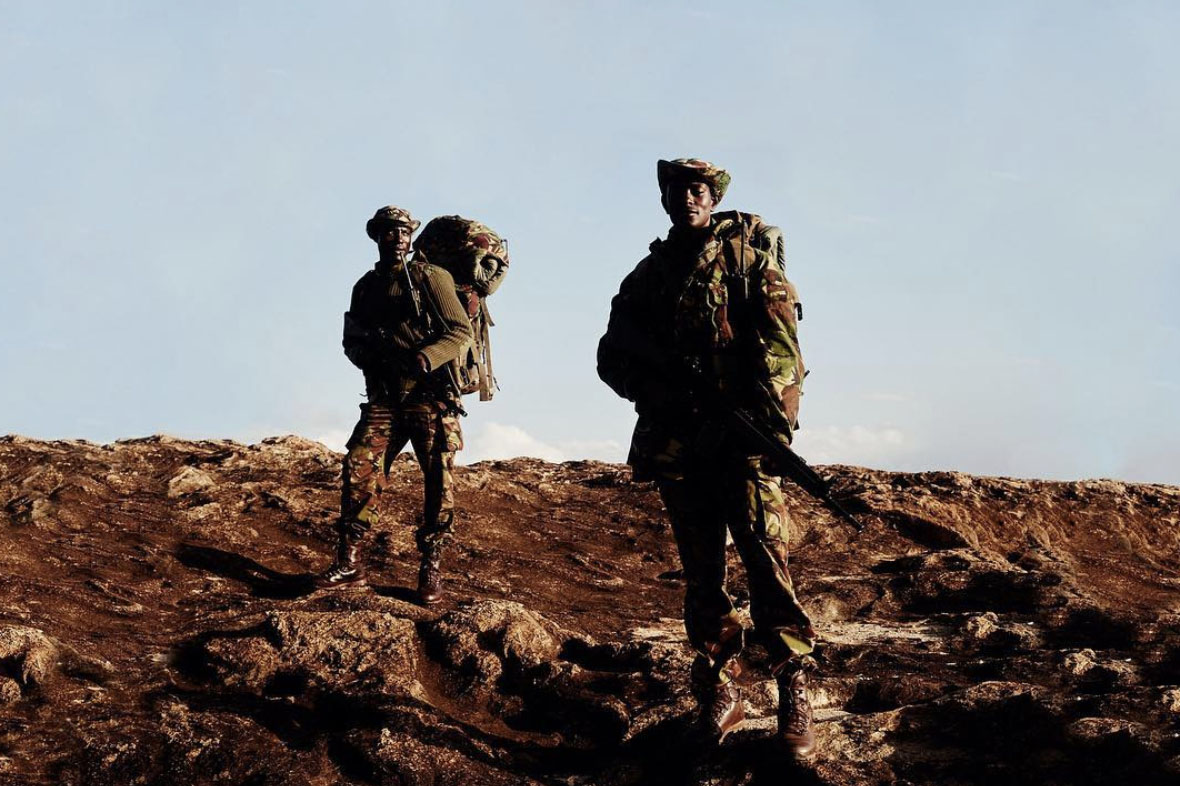
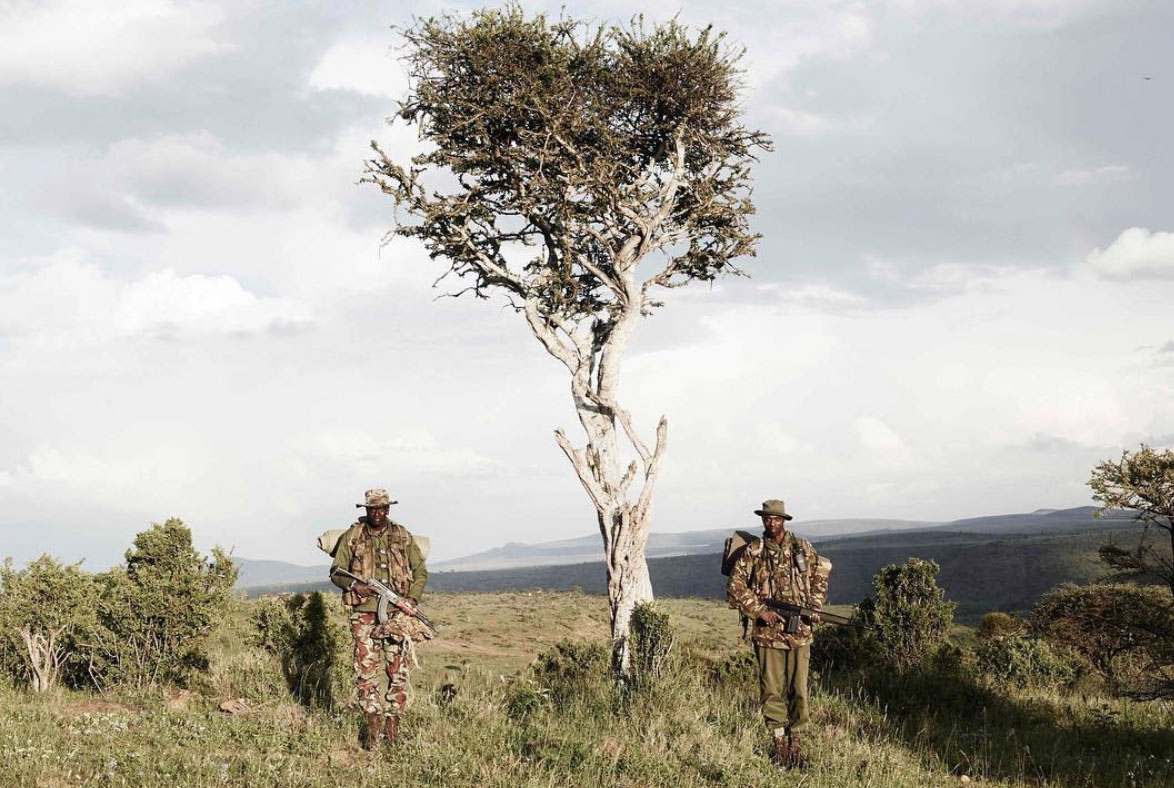
All of Borana’s Anti-Poaching rangers are from the local community © Claudia Legge
How does Borana aim to become a broader stabilising influence in this landscape?
Michael: As mentioned, we work hand in hand with Lewa Conservancy along with the Northern Rangelands Trust and the Kenya Conservancies Association, so these are immediate and very local. Highlighted for us during the 2016/17 drought, was that every river in the Laikipia Central Highlands, west of us, dried up. The only rivers that continued to flow throughout that period to historical levels were the rivers we managed through our River Users Association, which was the Ngare Ndare and Ngera Sirikon Rivers. If you work collaboratively as a co-dependent community by rationing appropriately and with everybody communicating, you can share resources more equitably. These are some of the things we are trying to champion in this region.
What do you want your legacy to be in this landscape?
Michael: One of the constraints to effective conservation is the rise of the conservation celebrity when too many hopes are pinned on one person. I never want to be a conservation celebrity. Conservation is a collective responsibility with all participants doing their own small part. Natural capital, the land and resources we all depend upon, needs to be environmentally secure, socially secure, politically secure, and also ideally financially secure. If we can achieve this then we pass wilderness on intact and unburdened to successive generations to nurture for the future.
Learn more about Rhino in our Fascinating Facts About Rhino
